A virtual journey through the National Parks of Argentina (# 9): Iguazú National Park.
Posted by Hugo Rep
Posted on June 30, 2020
with 2 comments
The magic of the Iguazú National Park is often eclipsed by the magnificence of the eponymous Falls.
It is that one of the 7 Wonders of the World attracts so much attention that it diverts, in many cases, people's interest to know one of the most beautiful National Parks in Argentina.
As anecdotal data it is worth remembering that the Iguazú Falls, the undisputed star of this park were officially discovered by man 50 years after Christopher Columbus discovered America.
It was Alvar Núnez Cabeza de Vaca who in 1542 discovered them by giving it the name "Saltos de Santa Maria"
Today I will focus on highlighting the benefits of the Iguazú National Park, beyond the Falls, which in themselves are the reason for more than one article alone.
We agreed on the Argentine side. It can be accessed by bus or car, although many tourism agencies offer services that facilitate transportation to the park and provide additional services.
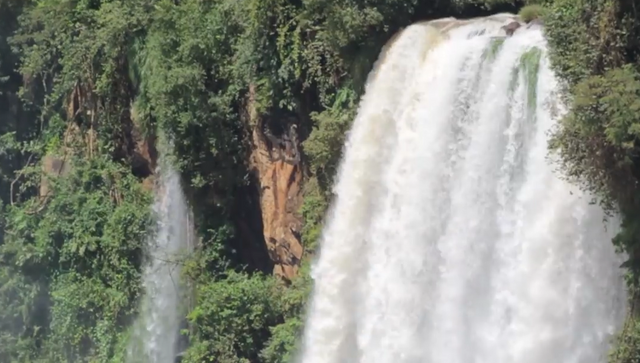
In 1984 the Iguazú National Park was declared a World Heritage Site by the United Nations Educational, Scientific and Cultural Organization (UNESCO) with the aim of its preservation and universal diffusion, given its exceptional natural and cultural importance for the common heritage of humanity.
27 years later in 2011 the Iguazú Falls were declared selected as one of the New Natural Wonders of the World, in a worldwide vote organized by the Swiss foundation New Seven Wonders, a rating that it shares with six other destinations in the world.
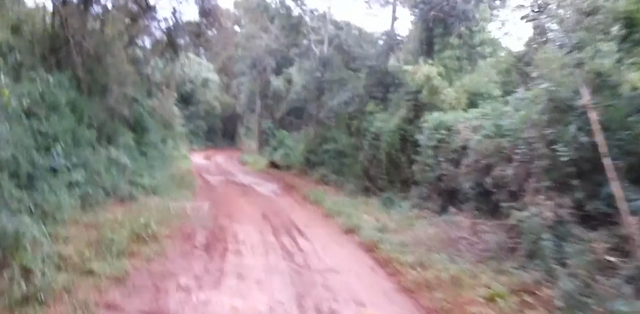
What will catch your attention in the first place is the color of the earth: red. As a consequence of the high concentration of iron oxide present in the soil.
It mixes with the intense green color of its vegetation. The color of the Paranaense jungle, within which is the national park.
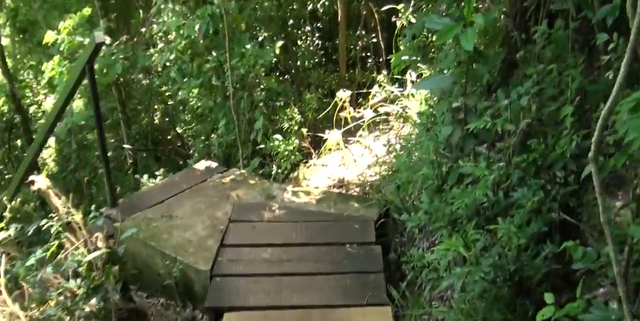
The Macuco Trail is the wildest and most natural of the Iguazú National Park trails.
It is a dirt road in the middle of the jungle that culminates in the beautiful Salto Arrechea.
This trail crosses the territory of the Monkey Caí, which allows one to often find the pleasant surprise of seeing groups of them in the treetops.
The entrance to the Macuco Trail is allowed from 08:00 to 15:00, its opening is conditioned to the weather and the approval of National Parks.
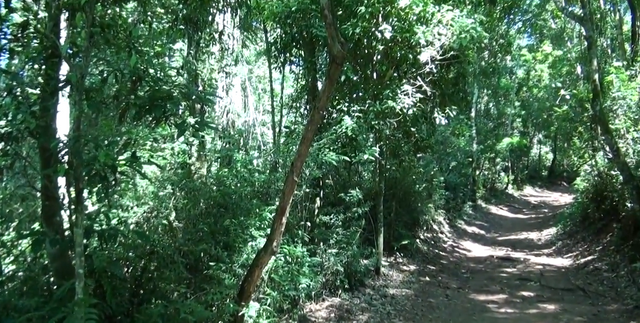
Please remember that it is important not to feed the animals so as not to harm them, they get their own natural food in their habitat, in addition to not touching them. Let's respect wild animals.

Whether on the banks of the Iguazú river or on the numerous delta islands that form, several species of trees grow that are characterized by their humidity requirement.

More than 90 species make up the tree flora of the Iguazú National Park.
There is a great variety of some plants that live in a humid ecosystem. Different types of climates can also be found.
Among the main species of birds that inhabit the place, we must mention the waterfall swifts, which fly through the interstices of the water columns to perch on the rocky wall, where they generally nest.
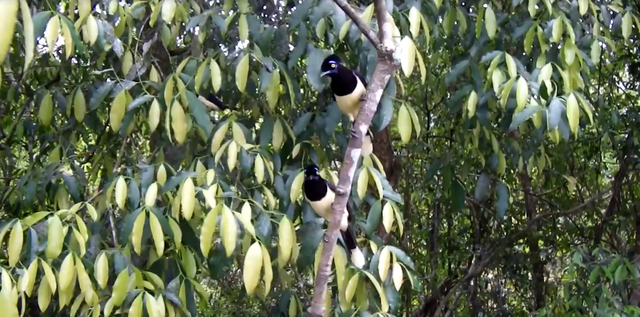
In the sector of the catwalks and mixed among the public it is not strange to find coatis (do not feed them!)
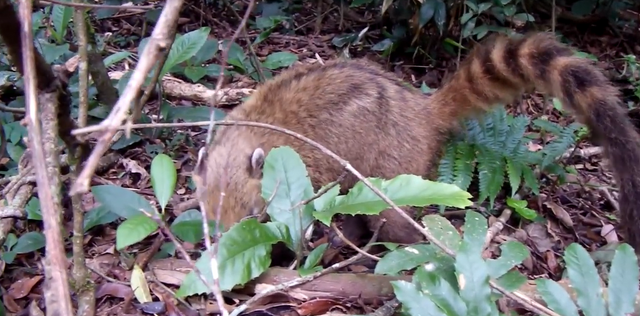
And specimens of the large toucan, one of the 5 species of toucans that live in the park. The harpy eagle also stands out.
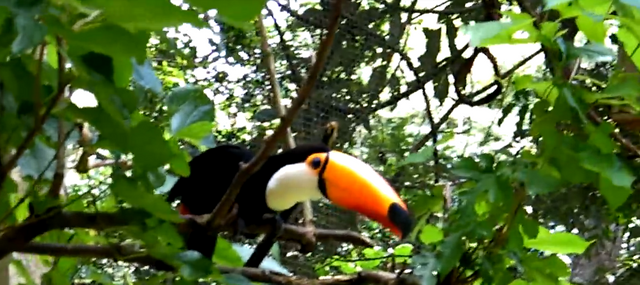
In the sunny parts of the trails, especially towards noon, you can see specimens of lizards, climbing trunks and stones.
Among the endangered species covered by the park, the yaguareté, the tapir, the ocelot, the yaguarundí, the large anteater, the tamandúa, the jungle eagles, and the yacaré overo should be mentioned.
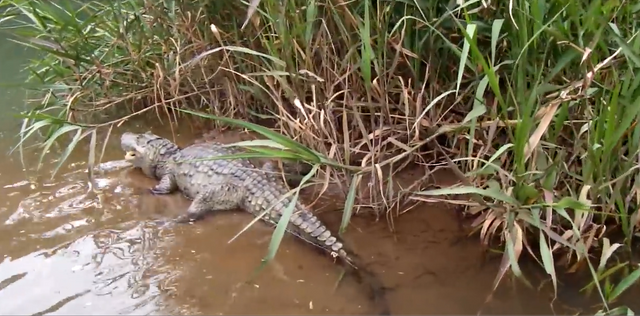
Among the insects that abound in the park's trails can be found butterflies of different types with spectacular colors.
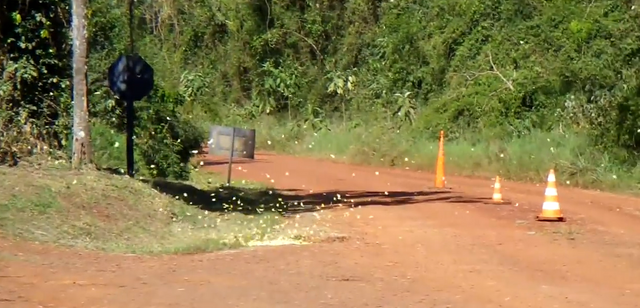
For those who cannot see the birds in their natural habitat, I recommend visiting the Bird Park, a very beautiful natural environment.

It is that one of the 7 Wonders of the World attracts so much attention that it diverts, in many cases, people's interest to know one of the most beautiful National Parks in Argentina.
As anecdotal data it is worth remembering that the Iguazú Falls, the undisputed star of this park were officially discovered by man 50 years after Christopher Columbus discovered America.
 |
| The Blue Dancer typical and extremely beautiful representative of the birds in the Iguazu National Park. |
It was Alvar Núnez Cabeza de Vaca who in 1542 discovered them by giving it the name "Saltos de Santa Maria"
Today I will focus on highlighting the benefits of the Iguazú National Park, beyond the Falls, which in themselves are the reason for more than one article alone.
We agreed on the Argentine side. It can be accessed by bus or car, although many tourism agencies offer services that facilitate transportation to the park and provide additional services.
Iguazú National Park: World Heritage.

In 1984 the Iguazú National Park was declared a World Heritage Site by the United Nations Educational, Scientific and Cultural Organization (UNESCO) with the aim of its preservation and universal diffusion, given its exceptional natural and cultural importance for the common heritage of humanity.
27 years later in 2011 the Iguazú Falls were declared selected as one of the New Natural Wonders of the World, in a worldwide vote organized by the Swiss foundation New Seven Wonders, a rating that it shares with six other destinations in the world.
The red earth.

What will catch your attention in the first place is the color of the earth: red. As a consequence of the high concentration of iron oxide present in the soil.
It mixes with the intense green color of its vegetation. The color of the Paranaense jungle, within which is the national park.
Macuco Trail.

The Macuco Trail is the wildest and most natural of the Iguazú National Park trails.
It is a dirt road in the middle of the jungle that culminates in the beautiful Salto Arrechea.
This trail crosses the territory of the Monkey Caí, which allows one to often find the pleasant surprise of seeing groups of them in the treetops.
The entrance to the Macuco Trail is allowed from 08:00 to 15:00, its opening is conditioned to the weather and the approval of National Parks.

Please remember that it is important not to feed the animals so as not to harm them, they get their own natural food in their habitat, in addition to not touching them. Let's respect wild animals.
Flora.

Whether on the banks of the Iguazú river or on the numerous delta islands that form, several species of trees grow that are characterized by their humidity requirement.
Read also: Travel Memories #1: the amazing and varied fauna and flora in the Iguazu Falls.Among them we find the curupay, the white laurel, the barayú or cedar from Paraná, the aguay, the ceibo, the palm heart and the rosewood or perobá del cuúl we already talked about in this post.

More than 90 species make up the tree flora of the Iguazú National Park.
There is a great variety of some plants that live in a humid ecosystem. Different types of climates can also be found.
Fauna.
Among the main species of birds that inhabit the place, we must mention the waterfall swifts, which fly through the interstices of the water columns to perch on the rocky wall, where they generally nest.

In the sector of the catwalks and mixed among the public it is not strange to find coatis (do not feed them!)

And specimens of the large toucan, one of the 5 species of toucans that live in the park. The harpy eagle also stands out.

In the sunny parts of the trails, especially towards noon, you can see specimens of lizards, climbing trunks and stones.
Among the endangered species covered by the park, the yaguareté, the tapir, the ocelot, the yaguarundí, the large anteater, the tamandúa, the jungle eagles, and the yacaré overo should be mentioned.

Among the insects that abound in the park's trails can be found butterflies of different types with spectacular colors.

For those who cannot see the birds in their natural habitat, I recommend visiting the Bird Park, a very beautiful natural environment.

Source: Argentina Discovery.
I hope you enjoyed this book. If you have any questions, or want to supplement this post, please write in the comments area. You can also visit Facebook, Twitter, Linkedin, Instagram, Pinterest and Feedly where you'll find further information in this blog. SHARE THIS!











When your retinas try to capture the beauty before them, you understand why it is one of the 7 Natural Wonders of the World.
ReplyDeleteIguazú Falls is a unique spectacle in the world, a mandatory visit on your route through Brazil or Argentina.
DeleteIguazú has a great peculiarity @Giampaolo Rossi., it borders three countries: Argentina, Brazil and Paraguay.
Paraguay does not have direct access to the falls, but Argentina and Brazil do.
There is a rivalry over which side is better for enjoying the falls, but we highly recommend that you visit both sides, which in our opinion are complementary. Of course, start with the Brazilian.